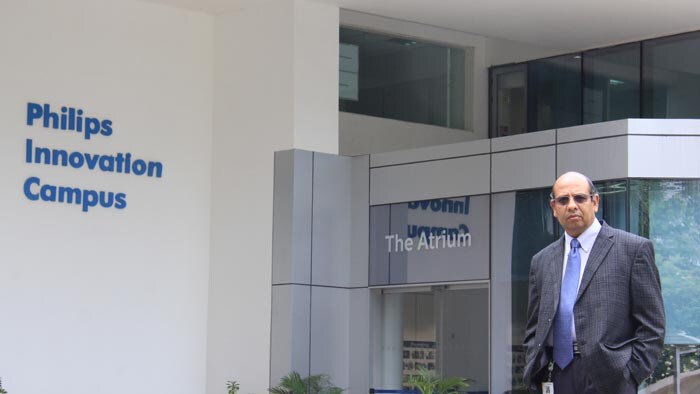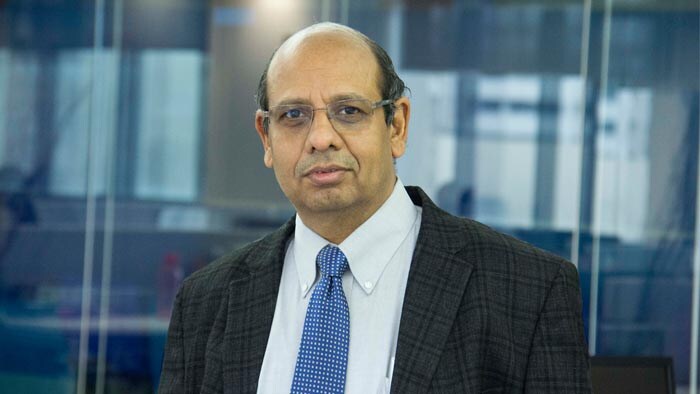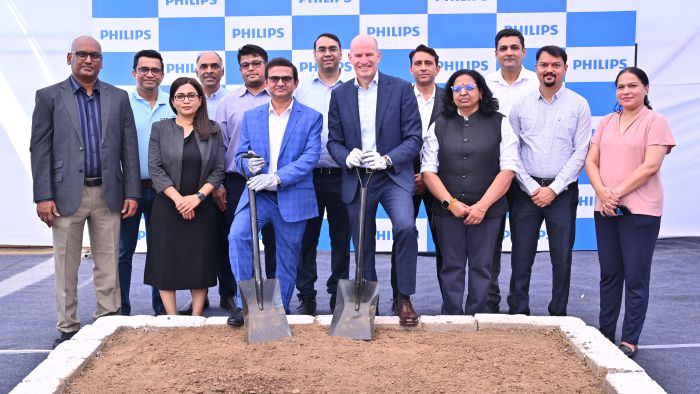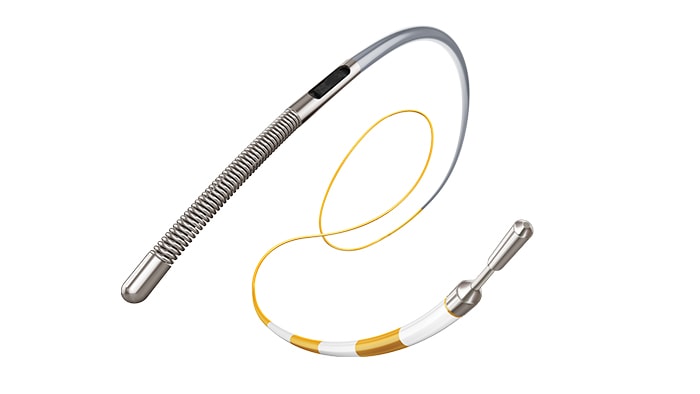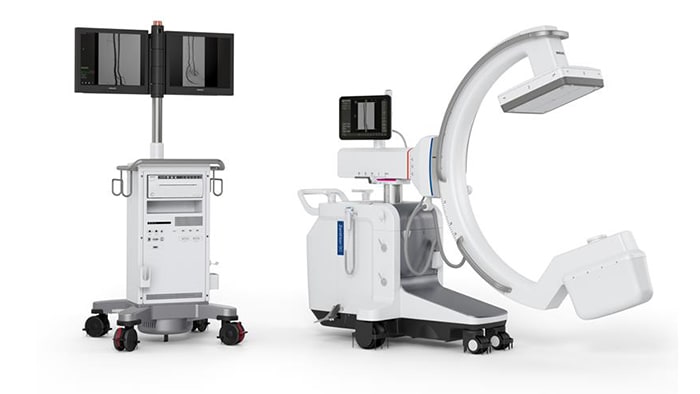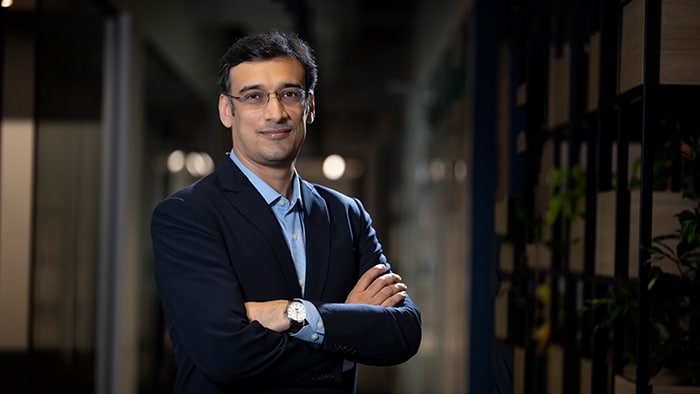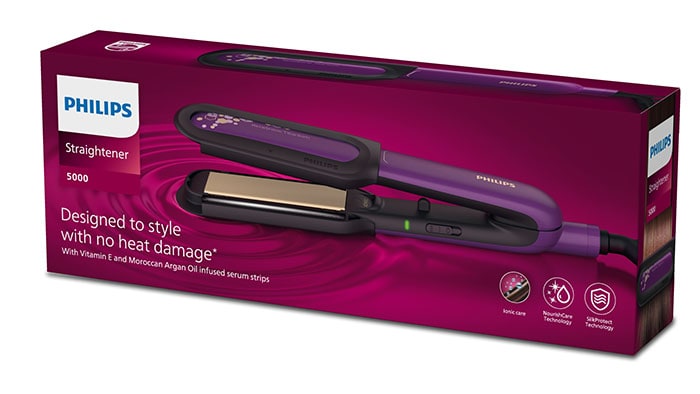Sep 24, 2020
Telehealth- Will it be a game changer?
A stronger healthcare system begins with a healthier population. To help people stay healthy, prevent illness and receive care when and where they need it, care must be extended beyond the walls of hospitals. In the current situation where healthcare is disrupted, telehealth is gaining a lot of mindshare. As per McKinsey Healthcare systems have reported a 50 to 175-fold increase in telehealth volume compared to pre-pandemic levels It is touted to be a game changer for low resource and developed countries alike [1]. As per Philips’s Future Health Index (FHI) report, 61% of younger doctors ranked telehealth as the digital health technology that would have most improved their experiences during COVID-19, overtaking artificial intelligence (AI) (53%). 47% of younger doctors reported greater appreciation from patients; 44% experienced greater collaboration with colleagues across different skill sets. Only 9% of younger doctors surveyed are more likely to leave medicine as a result of their experiences during COVID-19, while over one third (38%) are more likely to stay.
So, what is telehealth? Telehealth is a subset of Connected Health Management, a conceptual model for health management where devices, services or interventions are designed around the patient’s needs, and health- related data is shared, in such a way that the patient can receive care in the most proactive, preventative way possible. Telehealth is the provisioning of care via telecommunication channels, such as phone, video, chat, and others (imaging, VR) – it is the delivery of care or medicine from a distance. While it is not a new concept, the application of telehealth is currently being adopted at an accelerated pace due to COVID19 and due to its promises that support the Quadruple Aim of care: enabling access and improved outcomes for an enhanced patient and staff experience at a reduced cost of care. Telehealth solutions extend care to the home, allowing for remote screening and triage and helping to proactively manage patients in lower-cost settings. But there are also numerous terms like mHealth, eHealth, telemedicine etc. associated with Telehealth. Let us understand what they mean.
mHealth (or mobile health) is made available using Applications on the mobile phones or tablets which collect body parameters for qualitative inputs from users and present this information to the patient. eHealth on the other hand, is the healthcare practice supported by electronic processes and has a much broader scope. eHealth includes technology such as electronic health records, Hospital information systems, personal health records, lab systems, interoperability and data porting and the like. Telemedicine refers solely to remote clinical services. Telemedicine normally supports Primary care, Medical specialties, Intensive care services and Emergency departments. And Telehealth refers to both clinical and remote non-clinical services such as providing training and continuing medical education, therefore, covers a much larger concept. While the concept is not new, to date, even in the US, it has not scaled up to expectations. Telehealth is now at an inflection point. Center for Disease Control and World Health Organization are advocating practice of telehealth to help keep the healthcare provider healthy and also curb the spread of infection within the population [2]. So, let us delve deeper to understand if telehealth can actually deliver on the what it promises.
The Technology In its simplest form, multiple sensors or devices pick up the physiological signals/parametric readings of an individual and store them in a database. There is an application which agglomerates these data and sends it to the expert healthcare provider through a Mobile network. The healthcare provider is able to see these parameters near real time and advise the patient (or the patient’s physician) of the necessary interventions and actions. Communications via chat, video or voice capability is built into this application. This application also provides standard APIs for other applications/systems to ingest and consume data per standard medical protocols. The trend is to incorporate AI and ML algorithms to analyze the data and provide insights to the clinicians, thereby enhancing decision support and the quality of reporting/outcomes. On-ground deployment Health care in India, particularly in the private sector, has made enormous progress during the last two decades, with major hospital chains establishing state-of-the-art hospitals in all major cities. However, patients in rural areas do not have adequate, affordable access to even basic care. In fact, many rural patients delay seeking care for ailments even when they are symptomatic or go to the nearest rural clinic where neither the equipment nor the clinical expertise to diagnose those conditions exists. Telehealth can play a major role here. The problem of lack of equipment and/or expertise can alleviate this problem, by providing simple diagnostic tools to remote rural clinics with training to operate them and connecting them to a hospital with cardiology expertise. This is could be a “hub and spoke” model, where the Cardiologist at the hospital would interpret the received data and advise on the management of these patients. There have been several global implementations of region-wide tele-cardiology. Under the present circumstances, telehealth is indeed catching up as a means to practice healthcare.
Considerations While we have dealt with the merits of why Telehealth could be a force to reckon with in the not-so-distant future, there are apprehensions: You cannot do away with a physical examination: Traditionally, General (Family) Physicians and patients have created a very strong engagement through personal visits and there is a mutual comfort. But then there are minor conditions where a personal visit may not be needed. Also knowing the patient from past interactions, follow-up visits and monitoring of chronic ailments could be done over a telehealth platform. Reimbursement: Until recently, Telemedicine calls were not reimbursed. Going forward, many countries have brought this within their reimbursement ambit. Allaying their fears, the time that the care giver spends in a patient’s tele-treatment should be adequately compensated. Integration to a Digital Patient Record: Today, the telemedicine market is a fractured market with silo players. These platforms are not able to integrate with a Hospital Information Systems or Electronic Medical Records to offer a holistic customer pathway. However, as the scale picks up, it is only a matter of time before this integration happens.
To summarize, as Frans van Houten, Chief Executive Officer, Royal Philips says, “The reasons why we focus on affordable and technology enabled high-quality access to care are all too clear. Up to 3.5 billion people – half the world’s population – still do not receive the health services they need. And 800 million people spend at least 10% of their household budgets on health expenses for themselves, a sick child or other family member, sending 100 million of those people into extreme poverty [5]. While this is an urgent issue in emerging low-and middle-income countries, sustainable access to care is also a severe issue in industrialized countries where social determinants have a direct link to the economic and social opportunities afforded to one population over another. Here is where telehealth can be a game changer. Imagine, a doctor is available anytime, anywhere! So, it is time that there is a common road map on telehealth for all stakeholders in the healthcare space. United by the purpose of delivering accessible, quality care, I am sure we can realize universal healthcare for all in the next few years.
[2] The Medical Futurist, 31 March 2020 [3] Porsche Consulting – Position paper on Healthcare of the Future! The Digital revolution of the healthcare sector
About Royal Philips
Royal Philips (NYSE: PHG, AEX: PHIA) is a leading health technology company focused on improving people's health and enabling better outcomes across the health continuum from healthy living and prevention, to diagnosis, treatment and home care. Philips leverages advanced technology and deep clinical and consumer insights to deliver integrated solutions. Headquartered in the Netherlands, the company is a leader in diagnostic imaging, image-guided therapy, patient monitoring and health informatics, as well as in consumer health and home care. Philips generated 2019 sales of EUR 19.5 billion and employs approximately 81,000 employees with sales and services in more than 100 countries. News about Philips can be found at www.philips.com/newscenter

